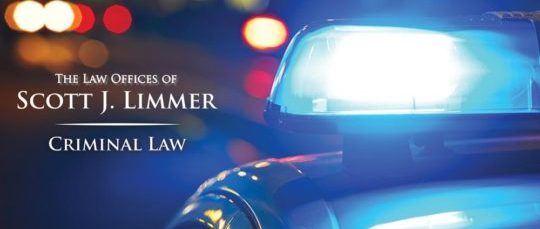UPDATE: A New York City Council bill that will require the NYPD to notify minors who are suspected to be gang members and tagged to be included in the NYPD Gang Database was re-introduced for another round of hearings last July 23, 2019. The proposed legislation will allow minors an opportunity to contest said designation and will require the NYPD to report information about the database.
How reliable is the New York Police Department’s database listing members of criminal gangs? According to Babe Howell, a professor at the City University of New York School of Law who has studied policing gangs, there is “absolutely no protection” against being falsely accused of being a gang member.
Critics of the city’s gang database point out you don’t need to have any criminal record to be placed in that database. Further, you won’t be told when you’re put on it, and may not know you’re on the list. They also call unclear the criteria making a person eligible to be put on the list, which they also say is true for the procedure for challenging the decision to put a name in the database.
Officially known as the “criminal group database,” the NYPD gang database is shared with prosecutors and other law enforcement agencies. Civil libertarians and defense lawyers have long claimed that the city has not clearly enunciated the criteria for being put on the list and identified numerous problems in how it has been created and maintained, something city police have been very reluctant to explain.
Nearly a year ago, NYPD detectives chief Dermot Shea testified to the city council that in addition to admitted gang members, the database contains those identified as gang members by two “independent and reliable” sources. Even without such identification, NYPD said, it can add anyone it believes meets two or more factors on an extremely broad but ill-defined and likely over-inclusive list of factors.
Such as? Being present in a known gang location, associating with gang members (which can apparently mean anything from full business partnership to social acquaintance, exchanging social media messages, or just hanging out), and such indicators as displaying gang tattoos, using gang hand gestures, or wearing gang colors. It is unknown weather the factors listed above is based on the NYPD Patrol Guide’s definition of “gangs”. Want a wardrobe tip for staying off the city’s gang database? Just avoid all these colors, which NYPD says can show gang ties: black, white, gray, red, blue, green, lime green, purple, brown, khaki, orange, and gold.
Law enforcers investigating or bring federal criminal conspiracy cases under the RICO (Racketeer Influenced and Corrupt Organizations) Act, as in the aftermath of the massive Bronx 120 raid recently described here, have strong motivation to throw the widest possible net when characterizing gang membership, do to that statute’s lenient requirements: a general, not necessarily explicit agreement to commit a crime, along with some act in furtherance of that goal. So any or all gang activities may cause legal trouble for a supposed gang member, regardless of whether that individual knew of or took part in them.
New York isn’t alone in having big problems listing gang members: California’s older and several times larger state-funded database, CalGang, has drawn harsh criticism within state government and the legislature for inaccuracy and non-transparency. (It also drew significant ridicule, after press accounts revealed that, among its 150,000 listings, at least 42 persons were put on before they’d reached the age of one.)
A state auditor’s report also found the database frequently violated state and federal privacy laws in entering names for which it had no evidence of gang connections.
Unlike the New York City database, for which police have long had few if any written eligibility standards, California’s law spells out criteria – which database compilers still frequently managed to ignore. So the Golden State legislature passed a law spelling out how individuals can challenge being listed as a gang member – not so in New York.
